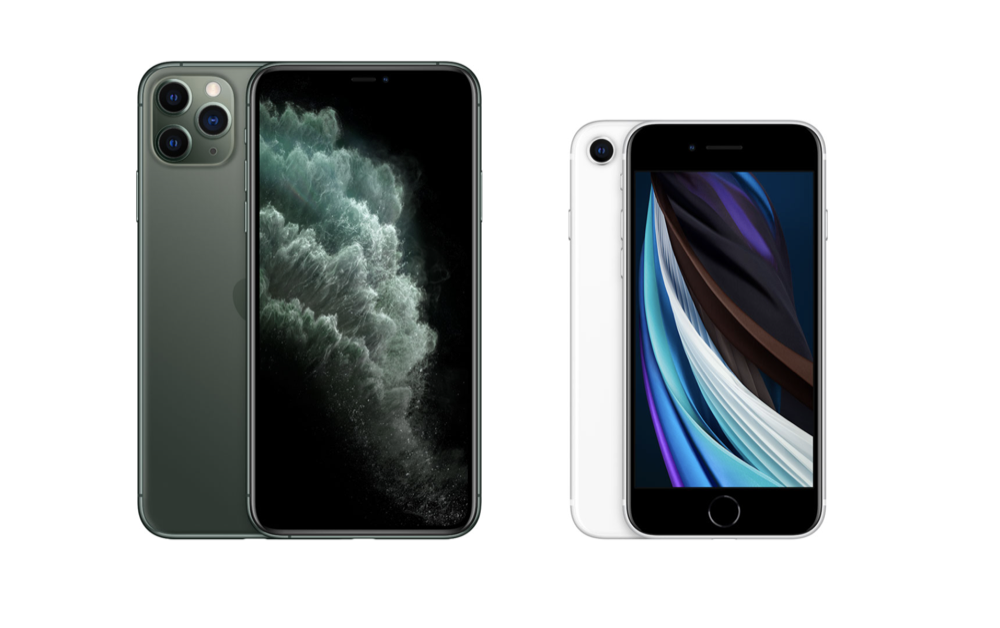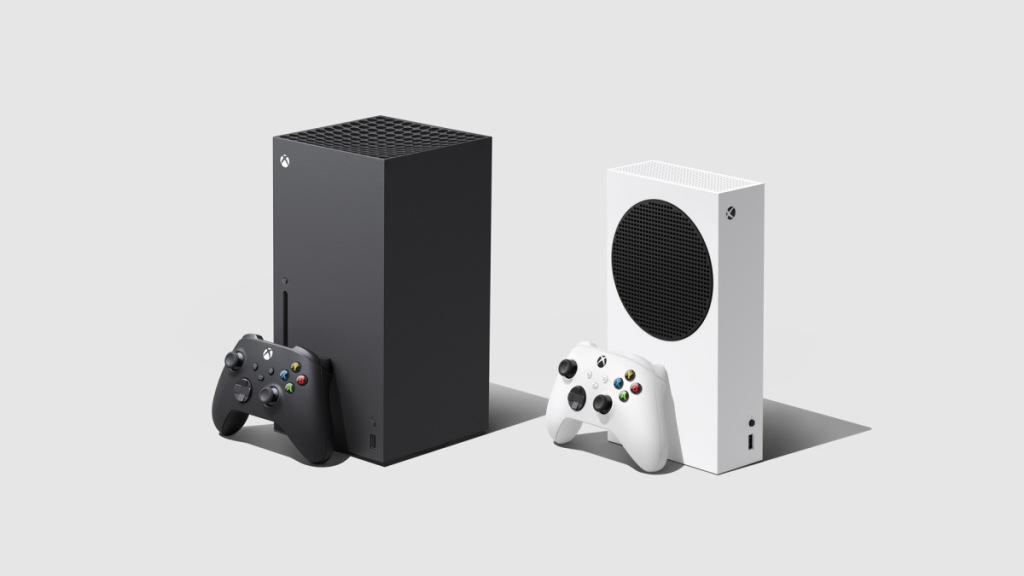
I was recently listening to a podcast on the iMore show where the imminent release of the new iPhone 12 devices was being discussed. A current rumour is that this year there may be a total of four new iPhones released, which is the most that I can remember in one release cycle. The rumoured devices are as follows:
- The iPhone 12
- The iPhone 12 Max
- The iPhone 12 Pro
- The iPhone 12 Pro Max
If this rumour turns out to be true then these devices will also be released in a year when a new iPhone SE was also introduced. So is this a good move by Apple; to offer a higher number of devices to consumers and ultimately more choice. Or is it an example of excess and fragmentation, and is it actually causing users to become more confused over which iPhone is the right iPhone for them?

It used to be that people would term the Samsung device catalogue as cluttered with seemingly different devices for different days of the week. However Apple is catching up, and we see this across most of their product range. There are always at least two versions of the Apple Watch available (not taking into account the cellular and non-cellular versions, there are three different types of AirPods available, and let’s not get started on the multitude of iPads that exist currently. Is this a good thing though? In some ways yes, there is now an iPad for pretty much everyone and every use case. This type of cluttered product lineup is bringing those products to people where they previously wouldn’t have been able to get them. For example the latest bottom line iPad now starts at £349, so educational institutions and enterprise can take advantage of this lower cost and introduce the device into their workflow. However is it also making it more difficult for consumers to decide upon which product is right for them and where to put their hard earned cash? The additional options of storage size, connection type and accessories also further the decisions which consumers will have to make.
This is not a trend set only by Apple however. This week Microsoft confirmed the existence of its upcoming secondary Xbox console: the Xbox Series S, to sit alongside the Xbox Series X which is due for release in November this year. The Series S has been confirmed as being a less powerful, all digital, and cheaper alternative to the Series X. Taking into account the reported price of the Series S at £249 however, this looks like a example of more = less, as £249 for a new generation console sounds like a great deal for consumers. Sony have also announced that they will be releasing two versions of the Playstation 5 this year as well; a standard version and another all digital device. However in the case of Sony, the price of each console has not yet been revealed.

I do wonder whether this type of fragmentation actually serve the respective companies and consumers or not however. Does it mean that the manufacturers have more products to manage and focus on rather than making one truly brilliant version of a device? Or are alternatives simply introduced to make the other products look like a better deal, and drive consumers to spend more on a more expensive model. Samsung recently introduced new devices in their Note lineup: the Note20 and the Note20 Ultra 5G. Going by the online reviews of the respective products, it appears as if the Note20 is just a very watered down version of the Note20 Ultra 5G, and there do not seem to be many reasons why consumers would opt for the lesser device, the Note20, if they are in fact in the market for a ’Note type device’ in the first place. There’s a significant price difference between the two as well, with the Note20 starting at £849 in the UK and the Note20 Ultra starting at £1179. So was the Note20 simply introduced by Samsung as a tool to help them convince consumers too spending more on the premium device by making the specs of the lesser device poorer? It’s an interesting question and only one which would be answered by comparing the sales figures of the two devices. Another interesting comparison would be to compare the relative sales of the lower end and premium devices of Apple and Samsung to see if these strategies are making more people buy the premium devices.

If you look at the specification of all of the devices that I’ve listed above they seem to align well with the law of diminishing returns, whereby the more money you spend, the less of a jump in quality you might expect to gain. That’s why this year I’m particularly excited to see how the lower end devices perform. I feel like there is more of a push to offer consumers better value for money so let’s see what Apple can offer in this market at their next event on 15th September.